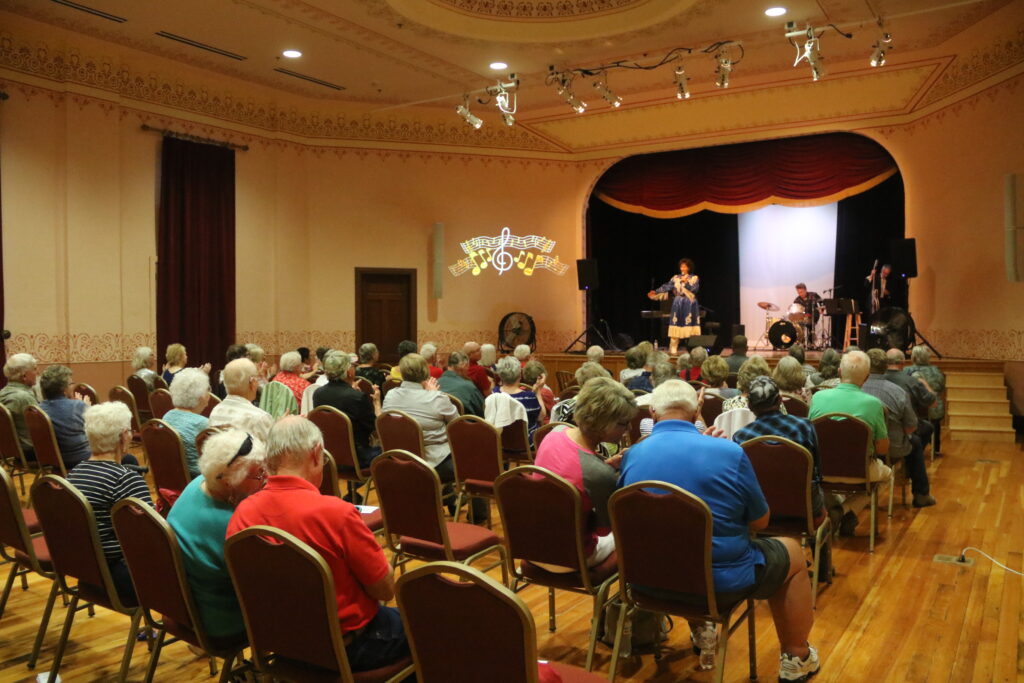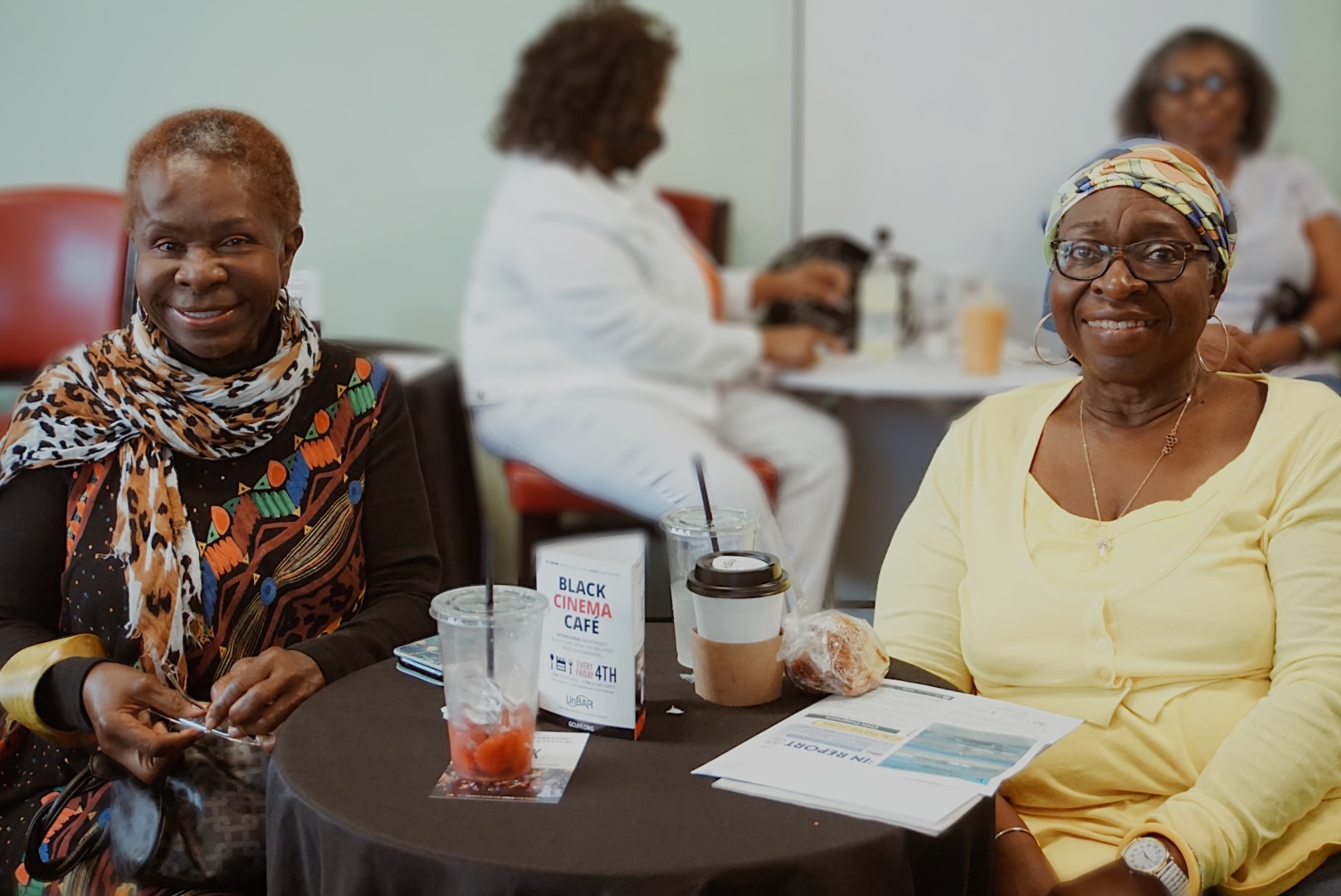If you want greater community involvement in your next project but are unsure of how to get started, you’re not alone! And you shouldn’t be working alone either. Before building something new, it’s important to listen to stakeholders and invite them into the co-creation process. In fact, it’s an essential early step. But once you take that step, you’ll find that your work better reflects the diverse community of voices in your community, and responds more effectively to their values and priorities.
Why are you engaging community?
Community engagement is sometimes seen as a box to check in a list of public project goals. To be meaningful and effective, it’s important to ask why you are engaging community members. By dedicating time to reflect before you begin, you give yourself clarity and focus necessary to make good decisions about the nature and scope of the project. . If “community engagement” is something that you are required to do for any number of reasons, spend some time unpacking that to figure out exactly what it means. Dig deeper into where the requirement comes from, and take time to list out the benefits that community engagement will bring to the project and to the public.
Take a moment and make three lists:
Sit down with a pencil and paper, away from distractions, where you can focus on this reflection.
- Reasons why you are engaging community
- Benefits that community engagement will bring to your project
- Resources that you can bring to community members
Use these three lists to develop a set of goals for your engagement strategy.
In addition to providing clarity on your community engagement goals, these lists will start to help you identify places where you can meet people where they are within your engagement strategy by sharing power.
*Interested in unpacking what it truly means to share power in your organization or community? We have another tool to help!
Who are the project stakeholders?
When building your project for community engagement, it is not enough to consider the “general public” simply as a single monolithic entity. Personal identity is layered, and one member of the “public” may identify with several communities within the general public due to their interests and connections. Consider who from multiple angles.
- What communities will be most affected by the project?
- Are there stakeholders who could advise you in your project, or who could have a direct influence on its outcome?
- Are there stakeholders who are only interested in being informed about the project?
- What are the barriers to participation and how can I mitigate them?
Develop a list of audiences that you will need to interact with throughout the project.
Pro Tip
Remember that some communities and members of the public are asked to participate in many things. Engagement fatigue is real!
Be mindful of who you are asking for things from, and what you are asking of them. Think about how you can compensate people for being involved in the project.
What can you leave in the community that is a symbol of your relationship and the work you are doing together?

When does the community become a part of the project?
Consider what steps of the project need interaction with community members, and then determine who should carry it out. Many times, in public art projects, community engagement falls on the shoulders of the artist as part of the physical artwork or event itself. Not all artists have this skill, nor do they need to!
Think about everyone who is involved with the project and assess their skill sets to determine how and where other project team members could engage with community members. There might be folks with deep community connections who could take on some of the responsibilities of community interaction. If you are asking the artist to manage community involvement with the project, they should be fairly compensated for this as part of their project scope.
It is helpful to think expansively about when community members become a part of the project. When members of the public are involved in all stages of project planning, the project becomes more robust and rooted in community values. For example, having community conversations at the ideation stage of the project to define goals is an effective way to share decision-making power from the start.
Think about other opportunities to engage community members in your project:
- Ideating and developing project goals and process, including design charrettes, brainstorming sessions, and idea generation
- Promoting the project and connecting with artists
- Selecting an artist or team of artists
- Providing feedback on artistic concepts and designs
- Making the project come to life, including the physical act of making the project (sewing, painting, mosaic making, building a landscape, being part of a performance, etc.)
- Activating the artwork once it is ready (viewing a performance, participating in a social process, making a movement o activate the artwork, etc.)
What kind of engagement?
Now that you have clearly defined why you are engaging the community in your project, who you are engaging with, and when you might engage them, it’s important to understand the different ways you can interact with the public. Consider the difference between community input, community outreach, community engagement, and a community-driven project. Your project may include any combination of the following:
Asking people for feedback or receiving information from them. This applies to situations where there are specific questions or prompts for people to respond to. There is a one-way flow of information (from the public to you), without room for a conversation or dialogue.
Sending information to people so that they are in the loop about the project. This typically happens when the project team wants to circle back to stakeholders about an update on the project or to inform new people about the project. This is also a one-way flow of information (from you to the public), without room for a conversation or dialogue.
Collaborating to create deep relationships with people, incorporating them into the project to understand their thoughts and ideas. This is a two-way flow of information between both parties, which results in conversation and dialogue and leads to trust and long-term relationships.
Constructing a project in which the community ideates, manages, and leads every part of it. The community may require technical assistance, access to resources, or information about best practices. A public art commission can and should be involved in such a project, but its role is to advise rather than to implement.
While each of these has value, community-driven projects and projects that include community engagement offer the most robust exchange of information and are the best examples of power sharing.
What’s next?
Now, pull all these pieces together and start to develop your community engagement plan. As you are doing this, ask yourself:
- Where can I provide access to resources?
- What do I have access to that I could share with others?
- How can I welcome people into the process and create the conditions where they can participate as their full selves?
- Where are my blind spots?
- What language and cultural barriers have I missed, and how can I address them?
Arts-driven engagement, meeting people where they are, and creating deep relationships of mutual benefit are some of the most effective ways to achieve your community engagement goals and go above and beyond simply checking the box.
